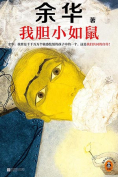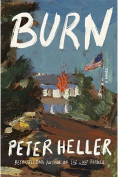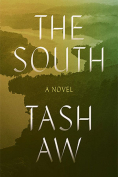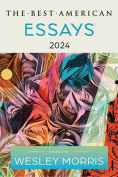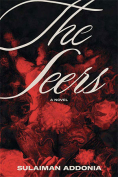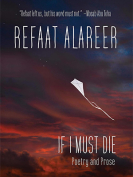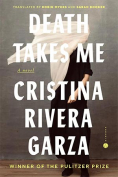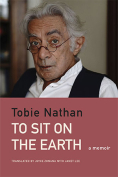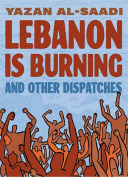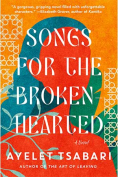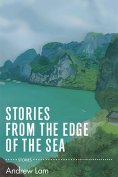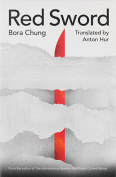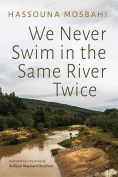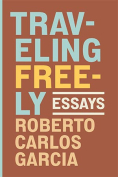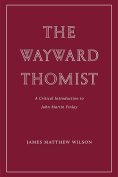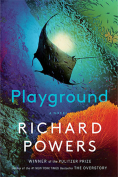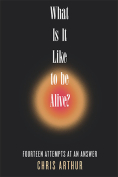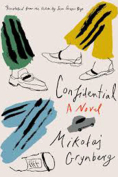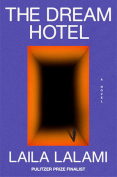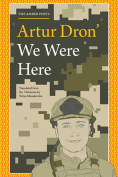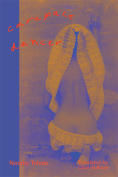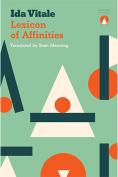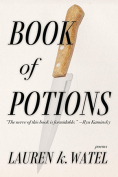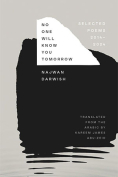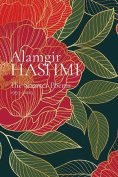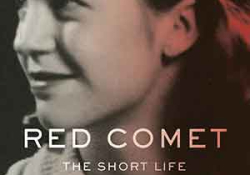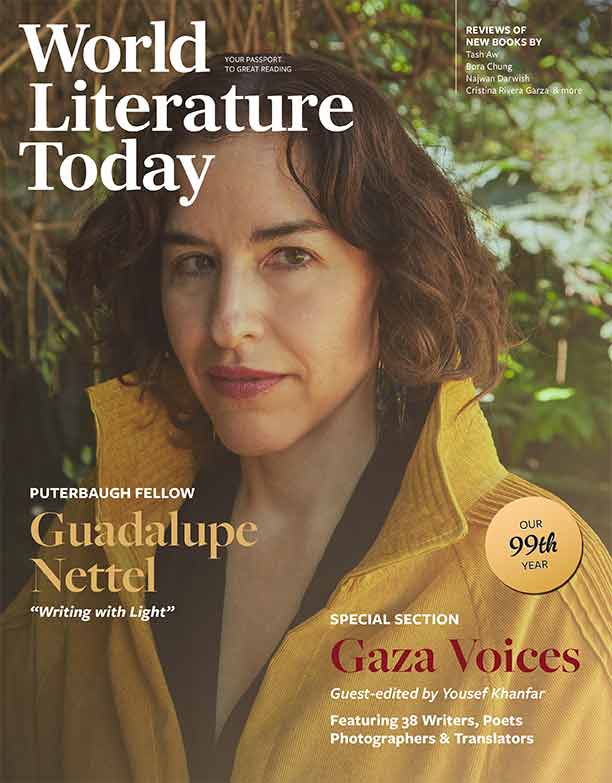Sylvia Plath: A Very Short Introduction by Heather Clark
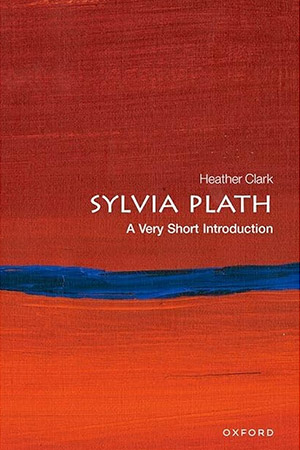
Oxford, UK. Oxford University Press. 2024. 144 pages.
Heather Clark’s mission in her second and considerably more compact study of the poet Sylvia Plath’s life and work remains the same: to free Plath from what had over time become her entrenched and clichéd status as a poet who was “feminist, confessional, and mad.” Plath’s actual achievement, Clark says, goes well beyond such restrictive labels. The poet’s mature poems take a distinctively surrealistic turn, foreshadowing postmodernism while being securely grounded in modernism. The label of “confessional,” she argues, has only trivialized Plath’s brilliant artistry, failing to separate the poet’s life and art. Clark views Plath as a political and literarily sophisticated poet whose mastery of poetic form and ironic tone were unmatched in her time.
While previous studies of Plath have tended to downplay the political component in her work, Clark points out that the very act of writing poems was a political gesture for the poet, who consistently wrote against the belief prevailing in 1950s America that women should stay at home and write “laundry lists instead of poetry,” as Adlai Stevenson, the Smith College commencement speaker the year Plath graduated, had put it. Plath’s potent combination of exceptional talent and intense drive allowed her to break free of these traditional constraints. Not only did she purposefully delay having children until she was professionally established as a poet with the publication of her first collection, The Colossus (1960), but when her marriage collapsed, she wrote a series of revolutionary poems that expressed her feelings of anger and betrayal toward both an unfaithful husband and the larger society that tended to mistreat women.
Clark notes that the distinction of Plath’s achievement is also evident in her professionalism at an unusually young age: before even entering college, she had worked diligently to develop her poetic craft, mastering a wide range of poetic forms with a singular discipline, and she had seen her work appear in several national publications. Her early proficiency in writing regular stanzas and employing such sophisticated poetic strategies as the villanelle would be fundamental to the subsequent breakout poems of Ariel (1965), acting as “guardrails” that helped her to maintain control of volatile subjects and a bitingly ironic tone.
But Plath’s artistry did not condense in a vacuum—her influences also played a significant part in her evolution as a poet. After marrying the British poet Ted Hughes, she became more focused on creating musical rhythms and presenting bolder imagery in her poems. As serious-minded, practicing poets, both Plath and Hughes shared a commitment to creating a new kind of poetry that was spoken in a more audacious voice than what they regarded as the artificial and overly abstract poems of their contemporaries.
Clark also emphasizes the “profound” influences of modern artists like Giorgio de Chirico, Henri Rousseau, and Paul Klee on Plath’s work. Plath’s poem “The Disquieting Muses,” for example, draws on the surreal imagery of the de Chirico painting with the same name—a trio of faceless dressmaker dummies seated in an oddly clear light—to create a tone of eerie unease. To these surreal effects, Plath added the fairy-tale elements and nursery-like rhyme schemes that would characterize her later poems.
Plath’s groundbreaking work further flouts tradition in daring to highlight such areas of a woman’s experience as childbirth and motherhood, subjects that had been previously unexplored in poetry. Her voice in poems like “The Zoo Keeper’s Wife,” “Elm,” and “The Moon and the Yew Tree” is darker and more flatly assertive, a voice that would emerge in the subsequent Ariel poems to speak truth with hurricane speed and force.
A central purpose of Clark’s brief study is to record the sheer number of obstacles that Plath overcame to become a great poet. That so many writers continue to produce biographies of Plath and critical studies of her work seems to indicate that her popularity is not fading but is in fact growing, securing her legacy as a poet.
Rita Signorelli-Pappas
Greensboro, North Carolina
